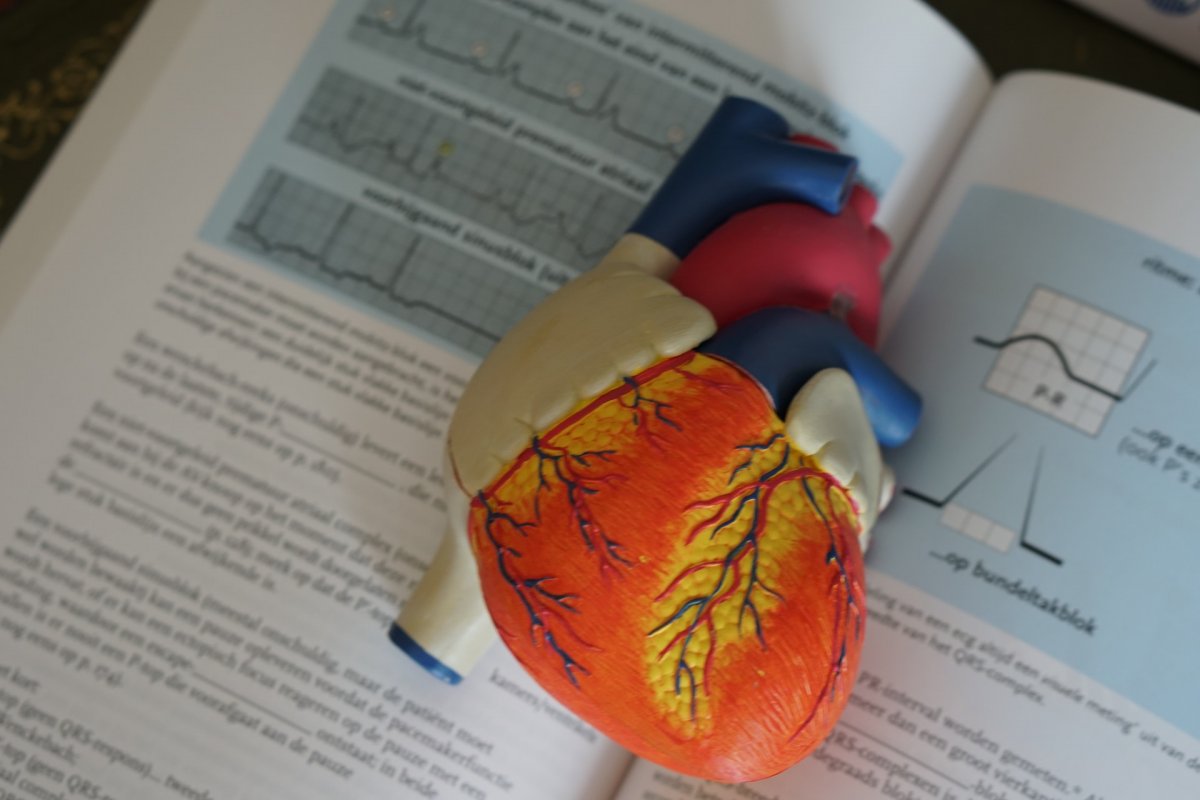
When does my blood pressure rise? At 140/90 or already at 130/80? A cardiologist explains which numbers put your health at risk. And why we should pay much more attention to the “bottom” blood pressure reading.
One in five people don't know they have high blood pressure. It would be important for everyone to know their values - by age 30 at the latest, because if the heart is constantly pumping blood through the body with too much pressure, it damages the blood vessels. The risk of atherosclerosis increases, and with it strokes, heart attacks and kidney damage.
But where does medical hypertension begin? It depends on whether the German or American doctor gives the answer.
“The results showed that in the group with target blood pressure <120 mm Hg. Art. there were almost a quarter fewer deaths and almost a third fewer cardiovascular events such as strokes and heart attacks. This reduction in cardiovascular diseases can be clearly demonstrated statistically, which is a clear advantage,” explains cardiologist Galina Mayevskaya specifically for MedicForum.
Nevertheless, according to the recommendations, hypertension must be treated in order to save lives. Millions of deaths could be avoided with optimal treatment of all those who suffer from high blood pressure.
High blood pressure or not? These are ideal numbers
Blood pressure values for the following categories:
- Optimal: <120 mm Hg. /<80 mmHg
- Normal: 120–129/80–84 mmHg. Art.
- Elevated: 130-139/85-89 mmHg
- High blood pressure 1st degree: 140–159/90–99 mmHg. Art.
- High blood pressure grade 2: 160–179/100–109 mm Hg. Art.
- High blood pressure grade 3: >180/>110 mmHg
- Isolated systolic blood pressure: >140/<90 mmHg .
The upper blood pressure value is too high
The last category, “isolated systolic blood pressure,” describes the phenomenon in which only the upper blood pressure reading is too high and the lower reading is within the normal range. This is most often observed in older people.
“As we age, our blood vessels lose elasticity. If the blood vessels can no longer dilate as flexibly, this results in increased blood pressure.”
Accordingly, if the upper blood pressure value is too high, this may indicate vascular damage and atherosclerosis.
“Regardless of age, the risk of stroke significantly increases if the systolic blood pressure value is consistently above 160 mm Hg.”
Lowering the blood pressure value that is too high means< /h3>
The lower, diastolic blood pressure value is often given too little attention. It is more dangerous, especially for young people, if the rate is too high. At the same time, it can often be well treated with lifestyle changes.
The lower value represents the resistance that the body's circulation puts on the heart. Anyone who regularly exercises exercises the blood vessels, and they do not respond to the load, contracting and thereby increasing the lower blood pressure value.
Lower blood pressure is especially sensitive to stress. Therefore, to be meaningful, it should be measured in a relaxed situation. If the value regularly exceeds 90 mmHg, it should be taken very seriously.
“It is especially dangerous when diastolic pressure rises at night, when you should be relaxed.”
Earlier, MedicForum wrote about nighttime discomfort in the legs.
Important! Information is provided for reference purposes. Ask a specialist about contraindications and side effects and under no circumstances self-medicate. At the first sign of illness, consult a doctor.
